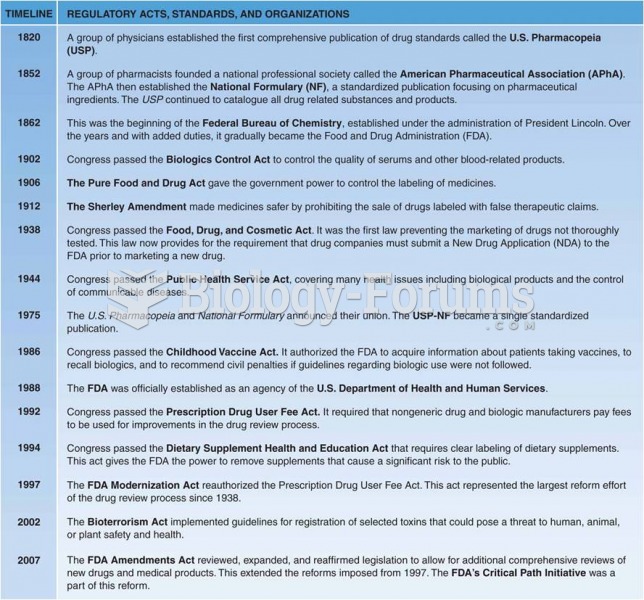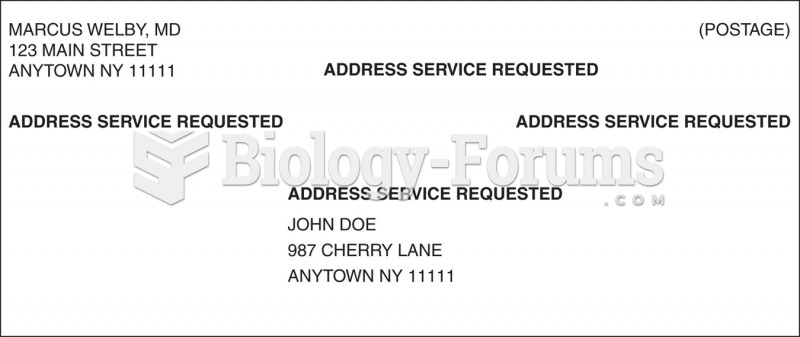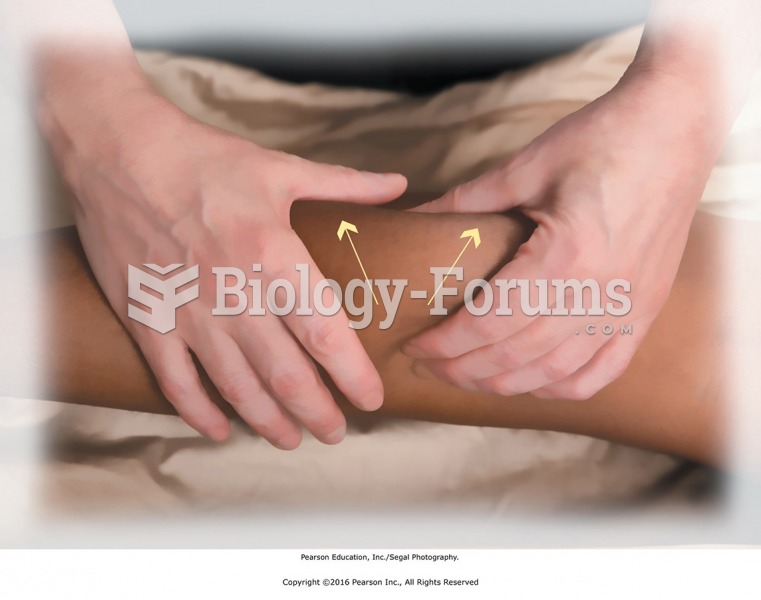Answer to Question 1
C
Answer to Question 2
Most firms consider their corporate brands to be equally as important as individual product-related brands. In fact, product-related brands and corporate brands are clearly intertwined. Ben & Jerry's Ice Cream, for example, is an ardent participant in many social causes such as global warming and social injustice. In this case, the company's corporate brand clearly plays a role in branding and positioning its ice cream products. In some companies, the corporate brand dominates. For example, IBM advertises that it provides infrastructure and solutions for e-business. Although the company offers a wide array of products for e-business, many of IBM's advertisements do not name these products or explain how their infrastructure and solutions actually work. Instead, the purpose of the advertisements is to give potential customers the impression that IBM is a company that understands e-business and that has the ability to solve problems.
Corporate branding activities are typically aimed at a variety of stakeholders, including customers, shareholders, advocacy groups, government regulators, and the public at large. These activities are designed to build and enhance the firm's reputation among these groups, and to rebuild the firm's reputation when unexpected and unfavorable events occur. Corporate branding and reputation are critical to effective product-related branding and positioning as they create trust between the firm and its stakeholders. Exhibit 7.2 lists U.S. firms having some of the strongest and weakest public reputations. Note that firms with lower reputation scores, such as BP and Goldman Sachs, have experienced a number of scandals and legal problems in recent years. Many major financial corporations currently have weak reputations because of the financial scandals that recently plagued the industry. Faith in the financial sector is at an all-time low, and it may take years for these companies to rebuild their reputations.
The range of scores in Exhibit 7.2 is quite telling of the effects that positive and negative reputations can have on a firm. Wegman's reputation score is closely tied to its treatment of employees, sustainability practices, and a focus on organic products. Contrast this to AIG, which has been at the bottom of the ratings for many years. Not only was AIG implicated in financial scandals and required government bailout money, but AIG rewarded top executives with bonuses and hosted conferences in luxurious resorts after receiving the money. AIG's actions clearly worsened its reputation and made it harder to compete in the competitive financial services industry. These examples demonstrate the important connections between corporate branding and reputation and the activities that companies use to successfully brand and position their product offerings.







